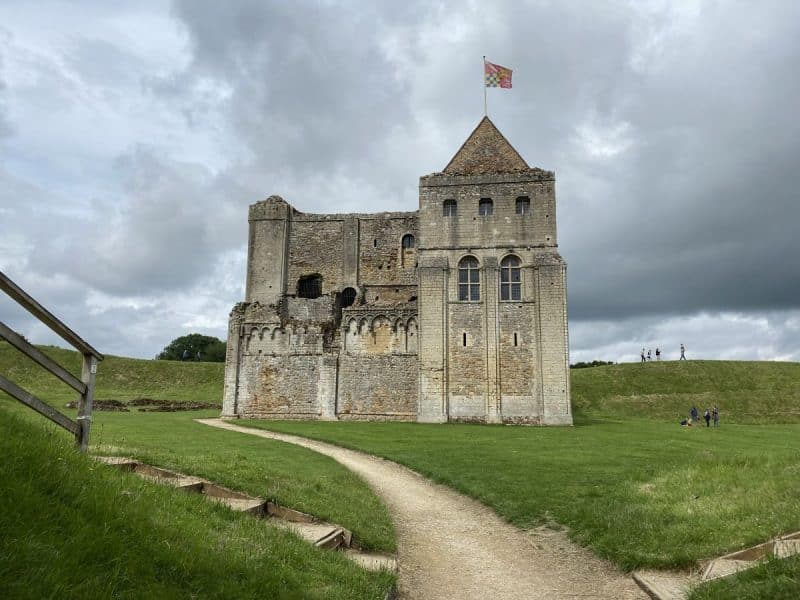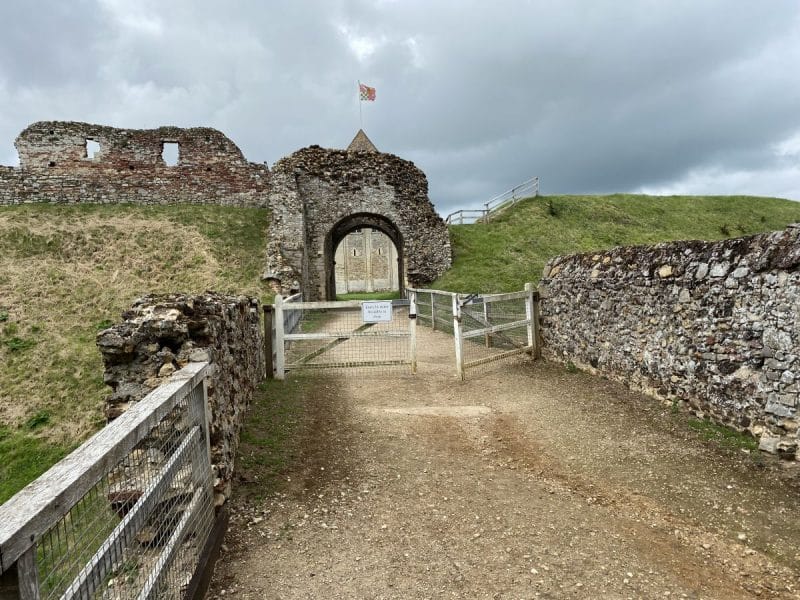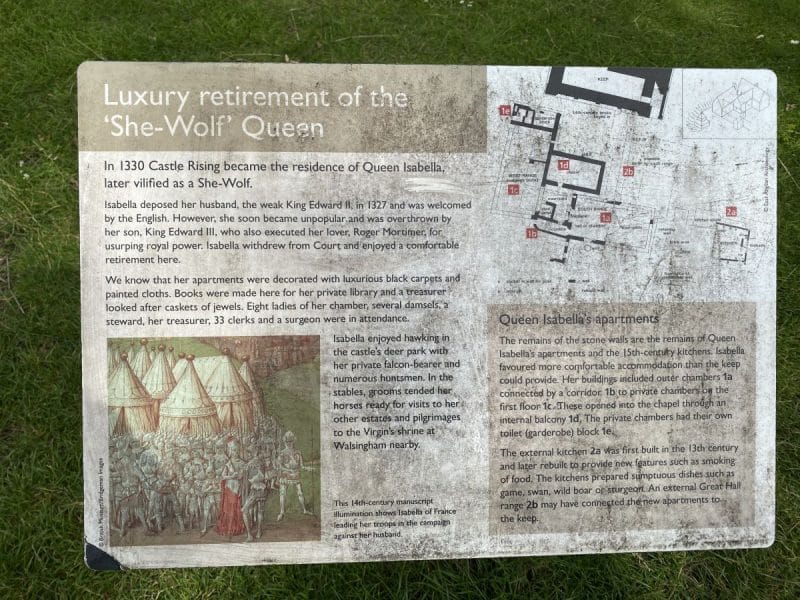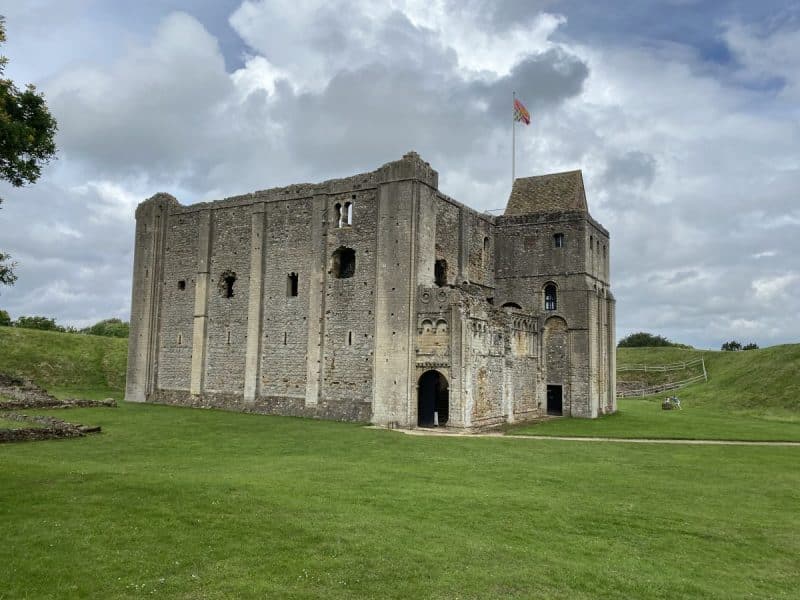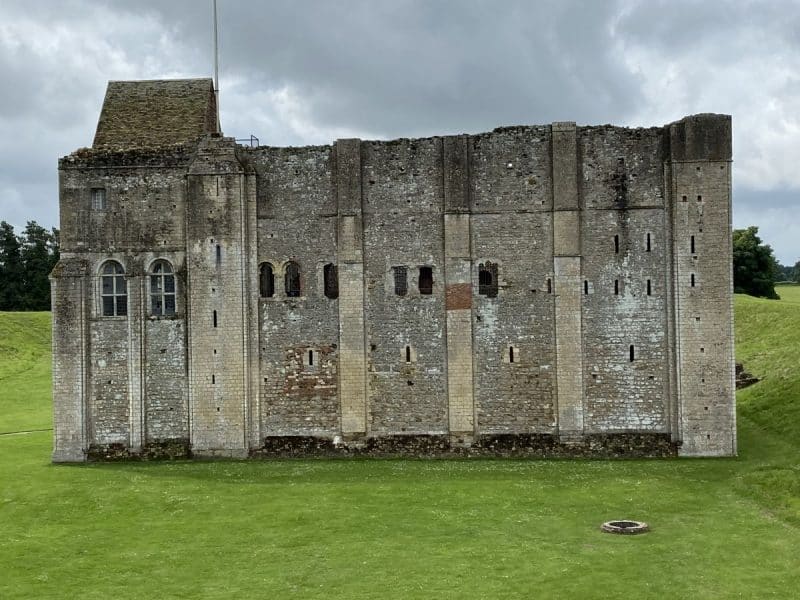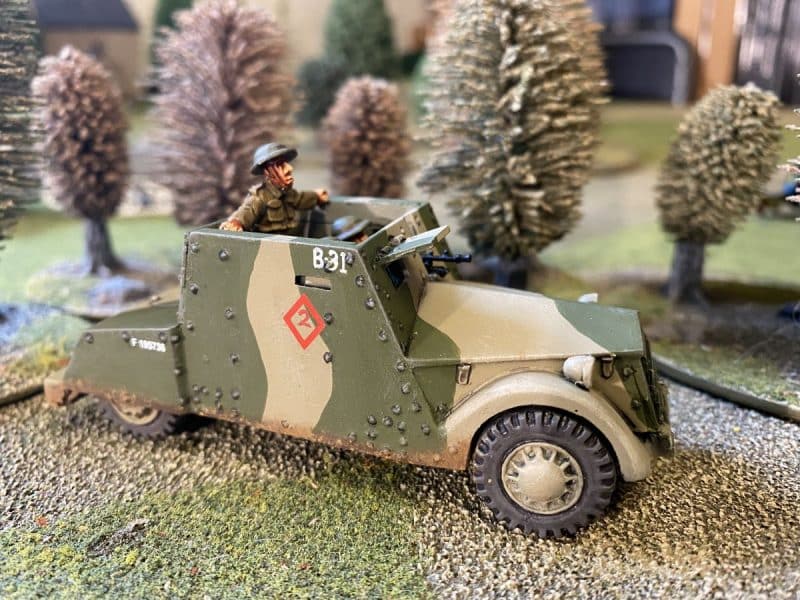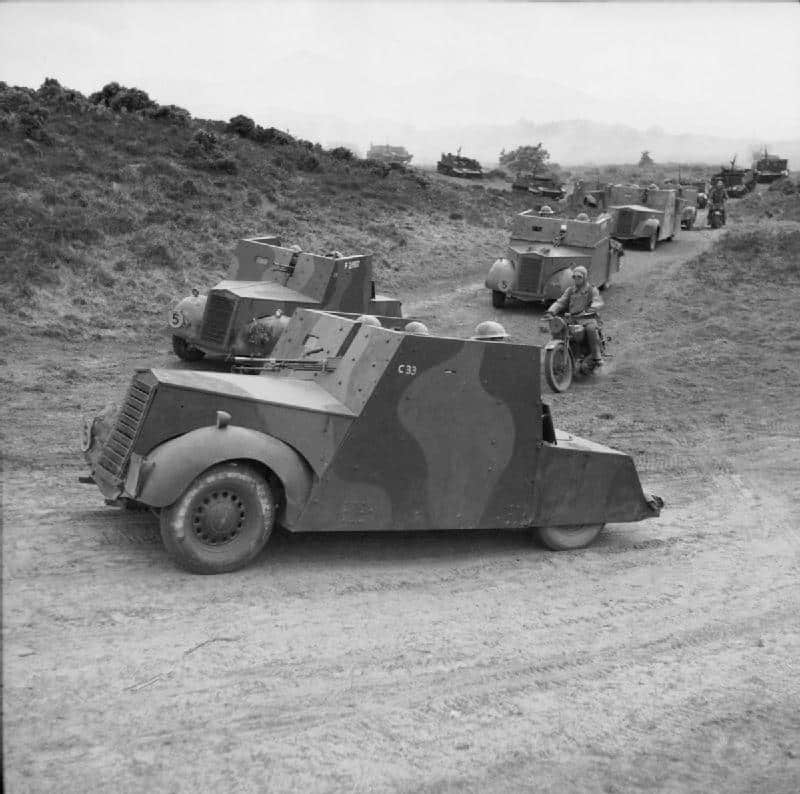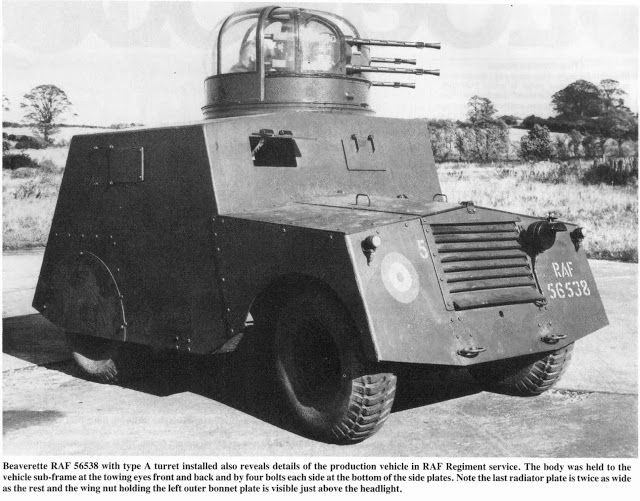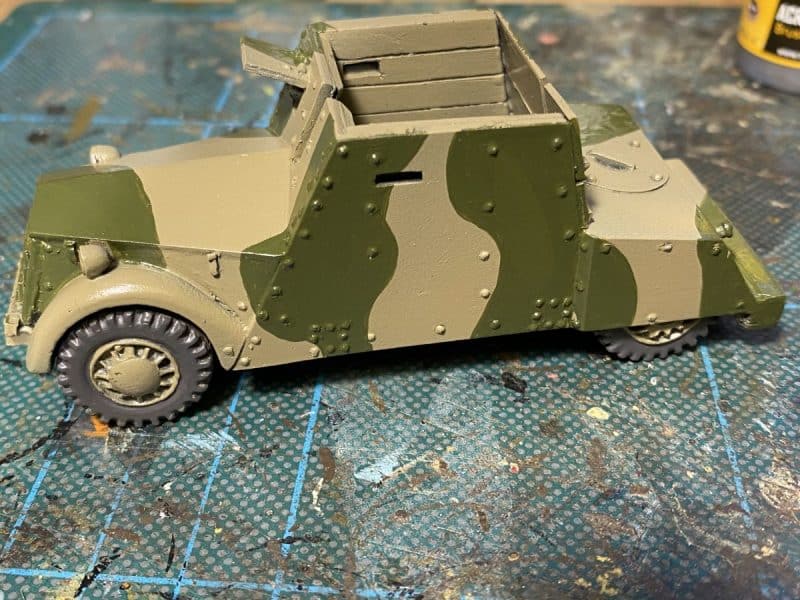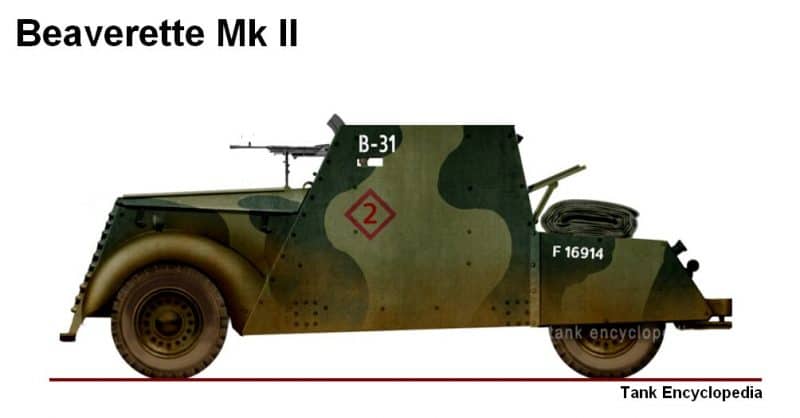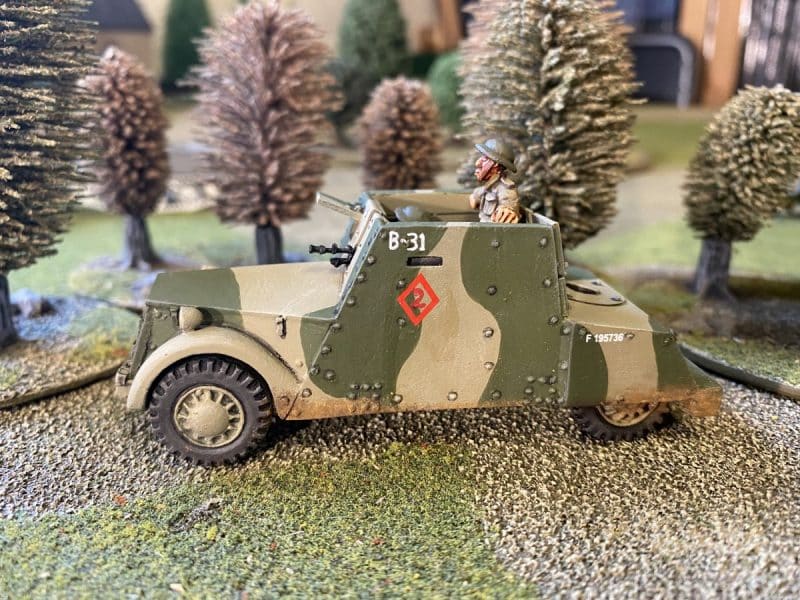I had been thinking that we were playing too many games of Never Mind the Bill Hooks where we just lined up the armies and set to. I shared the thought with my gaming buddy, Pete, and he quickly came up with the following very simple but effective scenario.
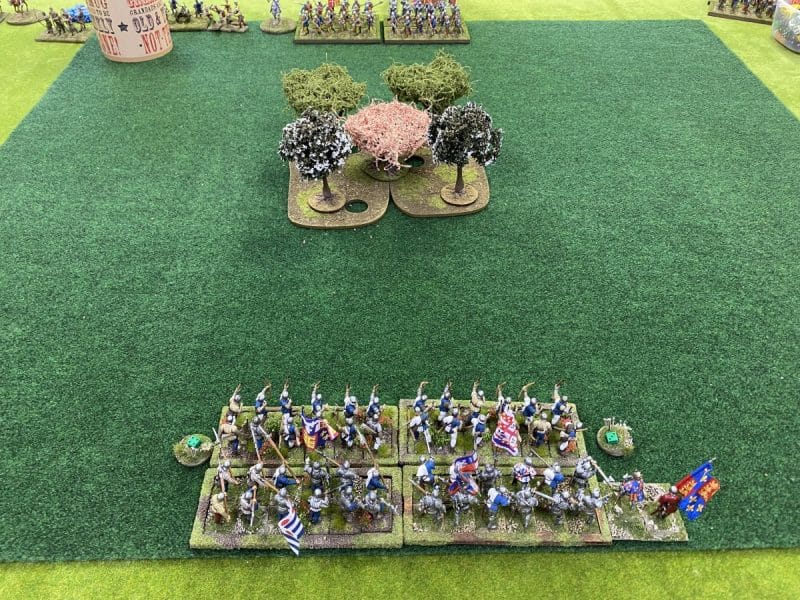
The set up is very straight forward. The table is clear of scenery apart from a large wood right in the centre. The wood will effectively block line of site across the table and be impassable to all units except skirmishers. Both sides must set up their Commander in chief and his ward in the middle of their deployment zone right opposite the wood. Your second ward of infantry must be left off the table and will only enter the game on the second turn – more on this later.
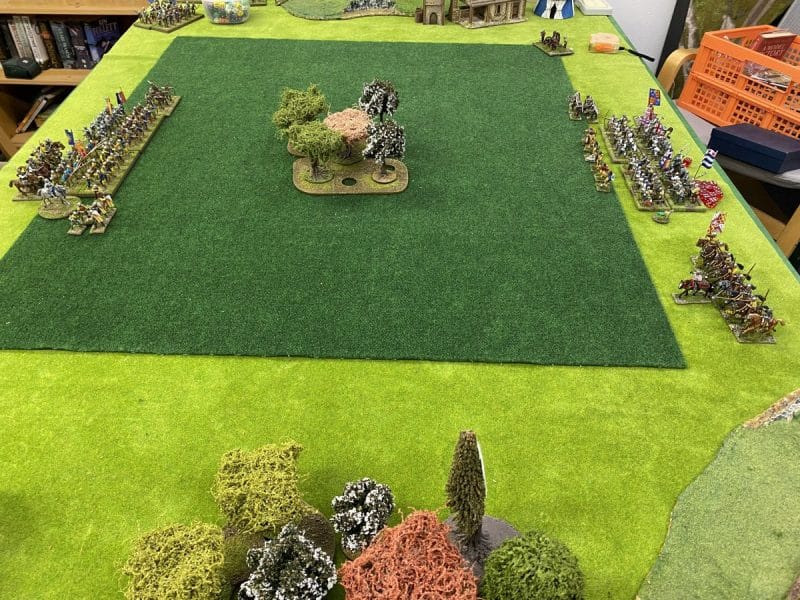
Each player now throws a D6. on a 1,2 or 3, you must move your commanders ward to the left of the wood when activated, both in the manoeuvre phase and card phase ( You can choose not to move at all…) A 4,5 or 6 means you must move to the right. This results in either both players moving to clash on one side of the wood or going around opposite sides of the wood, chasing after each other….

Once you know which way your main ward is going, you then roll a dice to see which order you set up any remaining skirmishers, Artillery and other units. Of course, the dilemma that you now have is whether to support your main ward or to go the opposite way around the wood…..

Now back to the second ward. On turn two, they will join the battle on a roll of 5 or 6 on a D6. If they dont turn up, subsequent turns need a 4+, 3+, or 2+. You must get at least a 2+ after turn 5. A 1 is a fail regardles of how many times you have tried to bring the ward on. Just to add to the confusion, If your ward successfully throws to come on, you then throw a D6 to see which flank that they arrive on. a 1,2,3 it’s your left flank ( anywhere on that side of the board) – a 4,5,6, it’s the right hand flank.
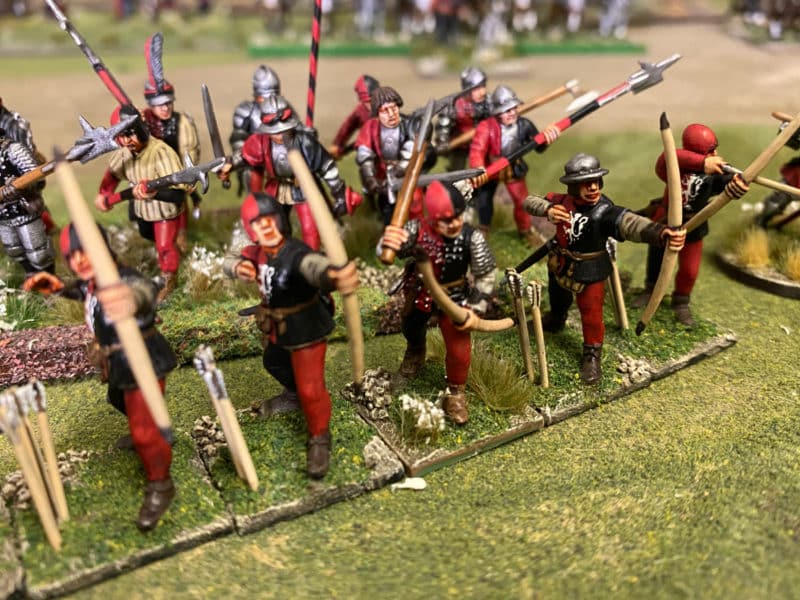
As you can guess, it’s not the sort of scenario that allows you to plan a grand strategy, so if you are of a controlling disposition, this is not for you. However, if you like the challenge of having to react to reverses of fortune or enjoy watching your opponent doing so, then it will be great fun. We have played the scenario through twice now with different outcomes and different problems to overcome.
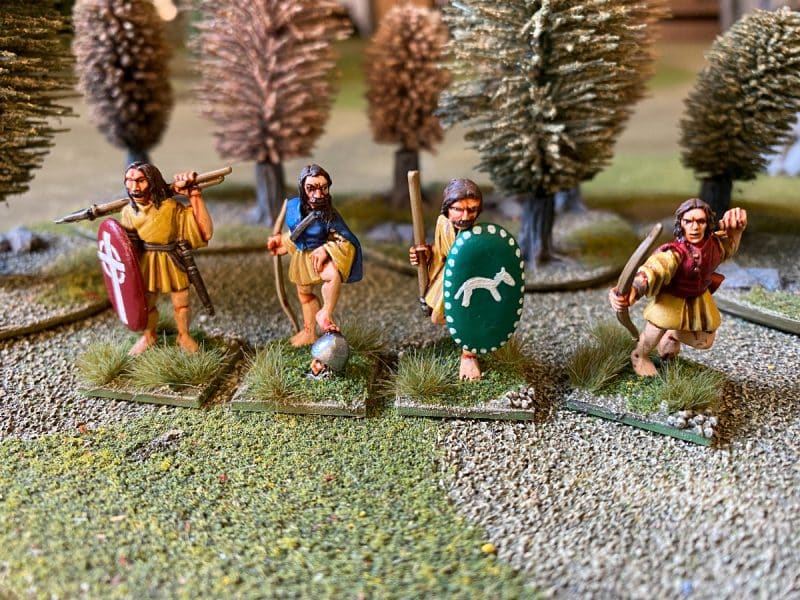
Just for fun, we also used identical armies as follows:
Commander in Chief, Level 2 with ward of two bows, one bills and one Men at arms – 60points
Second commander, Level 2 with ward of one bows, one bills – 29 points ( 5pts for extra commander)
Third commander, Level 2 with ward of Light horse – 17 points ( 5 pts for extra Commander)
One unit of skirmishers with crossbows and pavises – 9 points
One unit of Skirmishers – Kern 6 points
One Artillery piece- 9 points

You can of course choose to use whatever forces that you prefer. Have fun!
THE COMMERCIAL BIT
I hope that you all enjoy your hobby as much as I do – remember that our web site will have much of what you need! Click here to see our shop:
We also have a category devoted to Never Mind the Bill Hooks:
Happy Modelling!

